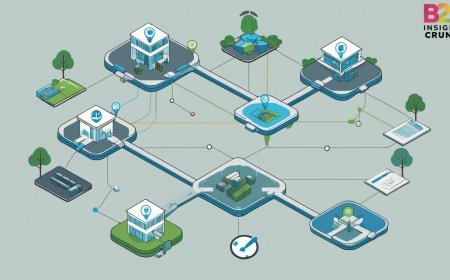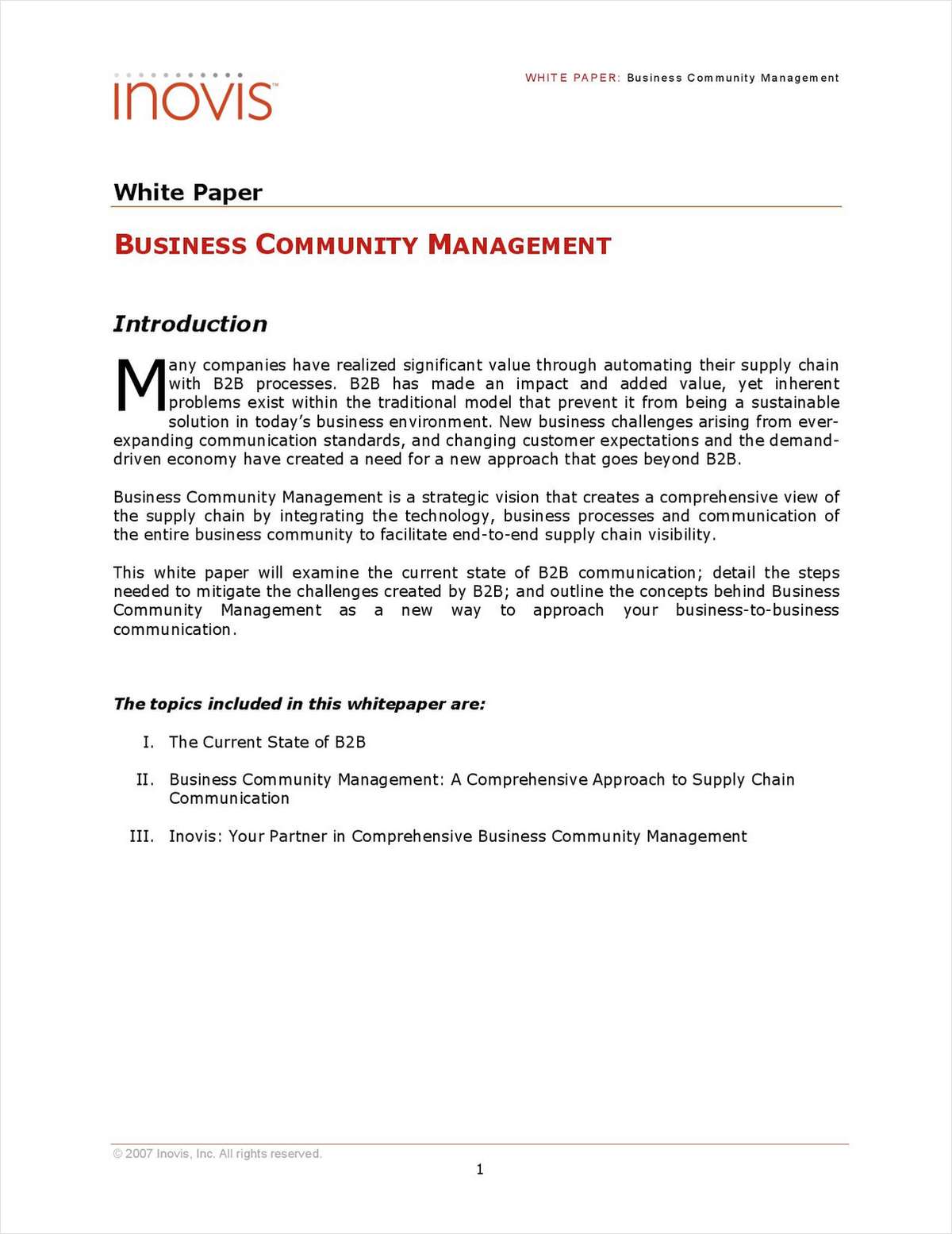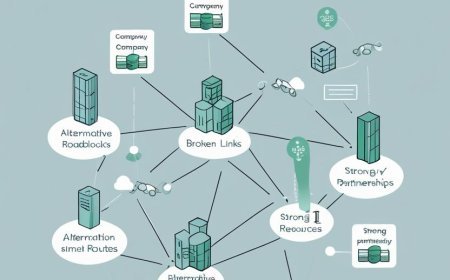Cross-Border B2B Expansion Strategies and Challenges

Cross-Border B2B Expansion Strategies and Challenges
Expanding a B2B business across borders is an exciting yet complex journey. As companies look beyond their home markets to tap into global opportunities, they face a unique set of challenges that require thoughtful strategies and a deep understanding of diverse business environments. The promise of growth is immense, but navigating the nuances of international markets demands more than just ambition-it calls for careful planning, adaptability, and cultural awareness.
One of the first considerations in cross-border B2B expansion is market research. What works in one country may not resonate in another. Understanding local customer needs, purchasing behaviors, and industry trends is critical. Successful companies invest time and resources into gathering insights that go beyond surface-level data. They build relationships with local partners, attend regional trade shows, and engage with industry experts to gain a clearer picture of the landscape. This groundwork helps shape tailored value propositions that speak directly to the unique demands of each market.
Localization is another vital strategy. It’s not just about translating marketing materials or websites into a local language; it’s about adapting the entire business approach to fit local customs, regulations, and business practices. From contract terms and payment methods to communication styles and customer service expectations, each element needs to be carefully calibrated. B2B buyers often place great importance on trust and reliability, which can be built through understanding and respecting local business etiquette.
However, cross-border expansion also brings operational challenges. Managing supply chains that stretch across countries can introduce risks related to logistics, tariffs, and fluctuating exchange rates. These factors can impact costs and delivery times, making it essential to build flexible and resilient supply networks. Additionally, companies must navigate the legal and regulatory frameworks in each country, which can be daunting given the differences in labor laws, data protection, and trade regulations. Working with local legal advisors and compliance experts often becomes a necessity rather than a luxury.
One challenge that is sometimes overlooked is the internal coordination needed for successful expansion. Launching in a new market requires close collaboration between multiple teams-sales, marketing, legal, finance, and customer support-all working in sync. This coordination becomes more complex when teams are spread across different time zones and cultural backgrounds. Clear communication channels and robust project management practices are crucial to keep everyone aligned and moving toward common goals.
Despite these challenges, the rewards of cross-border B2B expansion can be substantial. Companies gain access to new revenue streams, diversify their customer base, and build brand recognition on a global scale. But success is rarely instantaneous; it often requires patience and a willingness to learn from setbacks. Flexibility becomes a valuable asset, allowing businesses to adjust their strategies as they uncover what works best in each market.
In today’s interconnected world, technology plays a key role in easing cross-border operations. Digital tools for customer relationship management, supply chain tracking, and virtual collaboration help bridge distances and bring teams closer together. Data analytics also enable companies to monitor market performance in real-time and make informed decisions quickly.
Ultimately, expanding a B2B business internationally is as much about people and relationships as it is about products and services. Building trust with local customers, partners, and employees forms the foundation for sustainable growth. By combining strategic planning with cultural sensitivity and operational agility, B2B companies can turn cross-border expansion from a daunting challenge into a thriving opportunity. It’s a journey of continuous learning and adaptation, but one that holds the potential to transform businesses and open doors to new horizons.





















